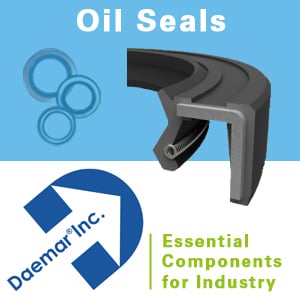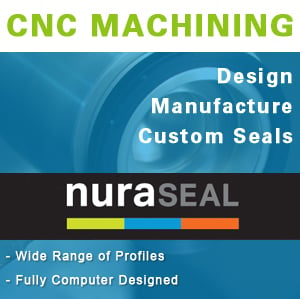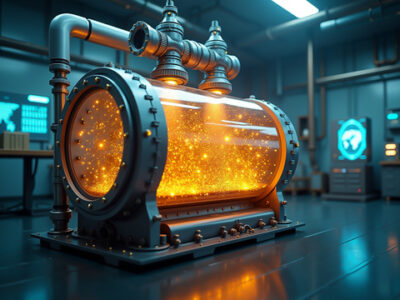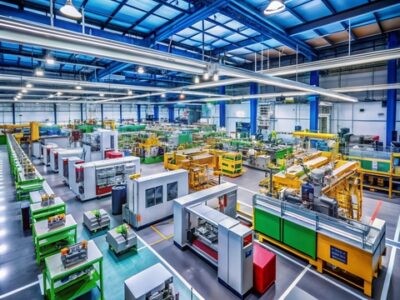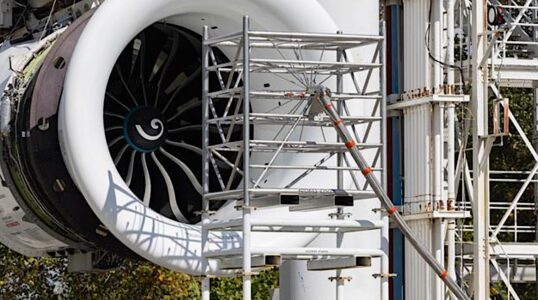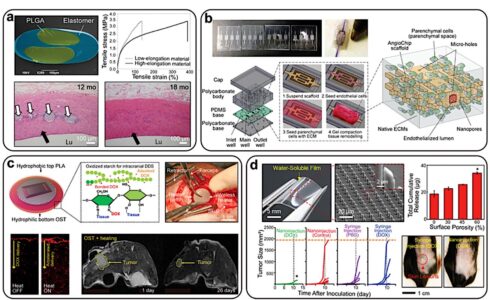From autonomous reservoirs to self-optimizing refineries, dynamic virtual models are transforming how we engineer, operate, and maintain the world’s most complex energy systems.
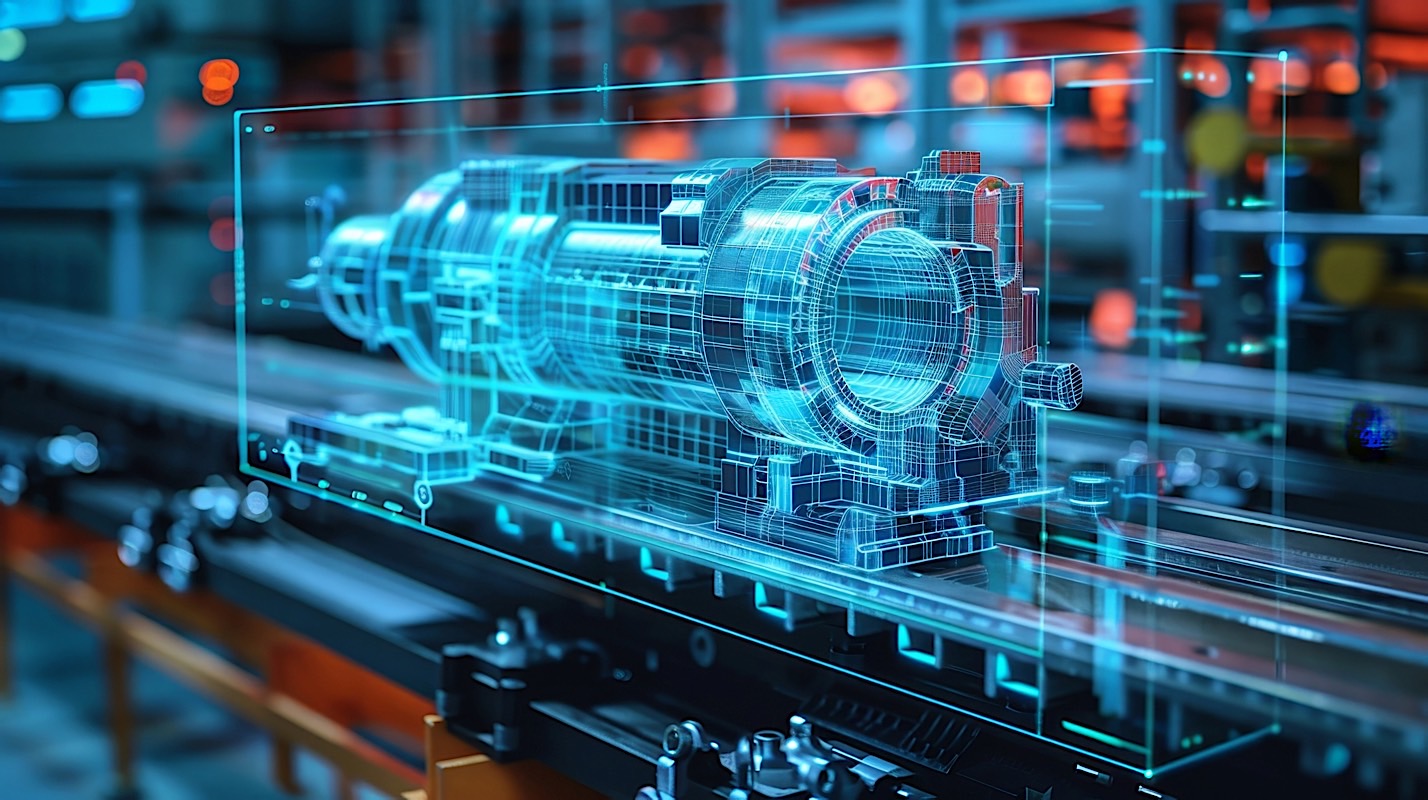
The Multi-Billion Barrel Blind Spot
Picture this: running a “what-if” scenario on an entire offshore production platform before a wrench is ever turned. Or to watch, in real-time, the invisible flow of hydrocarbons through a reservoir miles underground, predicting its behavior months in advance.
For decades, the oil and gas industry has operated these massive, capital-intensive, and inherently risky systems with significant uncertainty. Data, while abundant, has often lived in silos—reservoir models disconnected from wellbore models, which were disconnected from process plant optimizers.
This is the blind spot that digital twins are engineered to eliminate. Far more than a sophisticated 3D visualization, a digital twin is a living, data-driven computational model that mirrors the lifecycle of its physical counterpart. It represents a fundamental paradigm shift for engineers: from reactive maintenance and isolated simulation to predictive operation and integrated, system-wide optimization. As a 2023 report by Deloitte underscores, digital twins are moving from pilot projects to core strategic assets, potentially unlocking billions in value through increased production, reduced downtime, and enhanced safety across the entire value chain (Deloitte, 2023).
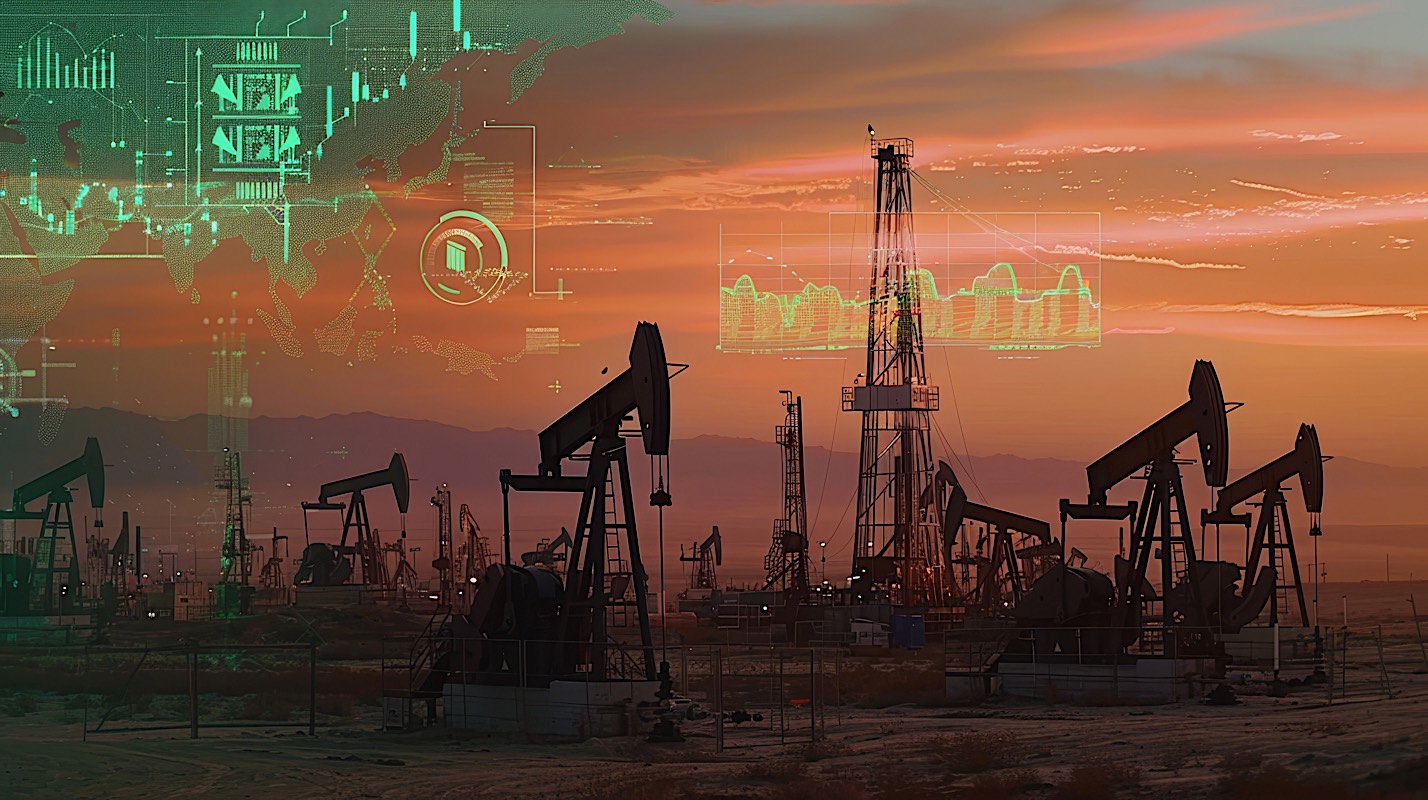
1. Deconstructing the Digital Twin: The Anatomy of a Virtual Asset
At its core, a functional digital twin is a triad of integrated components:
- The Physical Asset: The real-world entity—a pump, a pipeline, a full offshore platform—instrumented with a suite of sensors (vibration, pressure, temperature, corrosion, flow).
- The Virtual Model: This is the computational heart. It goes far beyond CAD, comprising:
- The Geometric Model: The accurate 3D representation.
- The Physics-Based Model: Finite Element Analysis (FEA) for structural integrity, Computational Fluid Dynamics (CFD) for flow assurance, and first-principles process simulators (like Aspen HYSYS) for chemical processes.
- The Data-Driven Model: Machine learning algorithms that learn from operational data to identify patterns and predict anomalies that pure physics models might miss.
- The Bi-Directional Data Bridge: This is the central nervous system. It’s a continuous, real-time flow of data where sensor readings update the virtual model, and the model’s insights—such as a predicted failure or an optimization setpoint—are fed back to the physical asset’s control systems.
The true power is unlocked when these individual asset twins are orchestrated into a hierarchy: Component Twins (a compressor valve) feed into Asset Twins (the compressor), which form System Twins (the gas export compression train), ultimately creating a System-of-Systems Twin of an entire production asset.
2. The Full-Lifecycle Value Chain: Applications from Pore to Plant
The application of digital twins is transforming every link in the oil and gas value chain.
Upstream: The “Reservoir-to-Wellhead” Twin
In the upstream sector, the greatest uncertainty lies underground. The autonomous reservoir twin is tackling this head-on. By integrating dynamic data from downhole sensors, production history, and 4D seismic with traditional reservoir simulation models, engineers can now see a continuously updating picture of the reservoir. This allows them to optimize injection and production rates in real-time to maximize sweep efficiency and ultimate recovery.
Furthermore, during drilling, a digital twin of the drill string and wellbore can simulate drilling dynamics—torque, drag, vibration—using data from Measurement/Logging While Drilling (MWL/LWD) tools. Companies like Schlumberger (now SLB) have pioneered this with their Delfi platform, using the twin to predict and prevent costly events like stuck pipe, optimizing the Rate of Penetration (ROP), and simulating completion designs before physical execution (SLB, Delfi Platform).
Midstream: The “Pipeline-to-Plant” Twin
Midstream operations are a complex ballet of interconnected systems. An Integrated Production System Twin links models of individual wells, flowlines, and processing facilities into a single, system-level view. This twin can model multiphase flow, predict slugging in pipelines, and identify bottlenecks across the entire network. The result is the ability to balance production from hundreds of wells to maximize throughput and minimize flaring.
Simultaneously, pipeline integrity twins are revolutionizing safety and maintenance. By integrating GIS data, real-time corrosion monitoring (from ultrasonic sensors or smart pigging runs), CFD models, and soil data, these twins can predict corrosion rates and stress hotspots. This enables a shift from calendar-based to condition-based maintenance, drastically reducing the risk of catastrophic failures and optimizing multi-million-dollar inspection campaigns.
Downstream & New Energy: The “Plant-to-Power” Twin
In refineries and chemical plants, digital twins are the key to agility and efficiency. A process plant twin connects a first-principles process simulation (e.g., Aspen HYSYS) with live sensor data from the plant. This living model mirrors the actual performance of distillation columns, reactors, and heat exchangers. It allows operators to continuously optimize for changing feedstocks, maximize energy efficiency, and predict catalyst degradation, scheduling turnarounds with minimal downtime. Siemens highlights this use case, where twins help process industries achieve new levels of operational excellence (Siemens, Process Digital Twins).
Perhaps most critically, digital twins are the enabling technology for the energy transition. For Carbon Capture, Utilization, and Storage (CCUS), a twin of the storage complex is non-negotiable for monitoring CO2 plume migration, verifying containment, and ensuring regulatory compliance. For hydrogen, twins are essential for modeling the unique behavior of H2 in existing infrastructure, predicting material embrittlement, and optimizing operations for new blending facilities.
3. The Engineering Deep Dive: Architecting the “Digital Field”
Building and deploying these systems at scale is one of the most significant software and systems engineering challenges in the industry.
The Data Fabric: The foundation is a robust data infrastructure. It must handle high-frequency, heterogeneous data from ruggedized IIoT sensors and edge devices in remote locations, unified in a data lake or platform that breaks down silos between operational historians (like OSIsoft PI), maintenance systems (CMMS), and engineering models.
The Modeling Core & The Speed-Fidelity Trade-Off: The core challenge is that running a full-physics, high-fidelity reservoir or CFD simulation can take days, making it useless for real-time decision support. The solution lies in Reduced-Order Models (ROMs) and AI-based surrogate models. These are simplified, yet highly accurate, versions of the high-fidelity models that can run in seconds or minutes. An AI surrogate is trained on thousands of runs of the physics-based simulator, learning the input-output relationships to become a fast, “good enough” proxy for daily operational decisions. A 2021 paper in the Journal of Petroleum Science and Engineering detailed how these hybrid approaches are crucial for making digital twins computationally feasible (Sarma et al., 2021).
The Interoperability Challenge: Legacy control systems (DCS, SCADA) not designed for modern data streaming present a major integration hurdle. This requires middleware and standardized data protocols (like OPC UA) to create a seamless flow of information from the old world to the new.
A New Era of Predictive Energy Engineering?
The digital twin is evolving from a niche tool for asset management into the central nervous system of the entire energy operation. It is the embodiment of a new engineering philosophy: one that prioritizes foresight over hindsight and system-wide synergy over isolated component performance.
For engineers, this means their role is expanding from designers and operators of physical assets to architects and custodians of complex, cyber-physical ecosystems. The companies that master this orchestration—seamlessly integrating data, physics, and artificial intelligence—will not only define the future of profitability in a volatile market but will also lead the charge in safely managing the transition to a lower-carbon energy mix. The digital field is no longer a concept; it is the new reality of energy engineering.
Sources Cited:
- Deloitte. (2023). “Digital transformation in oil and gas.”
- SLB. (2024). “The Delfi Digital Platform.”
- Siemens. (2023). “The Digital Twin in Process Industries.”
- Sarma, P., et al. (2021). “Application of surrogate models in accelerating digital twins for reservoir management.” Journal of Petroleum Science and Engineering, 205, 108936.








